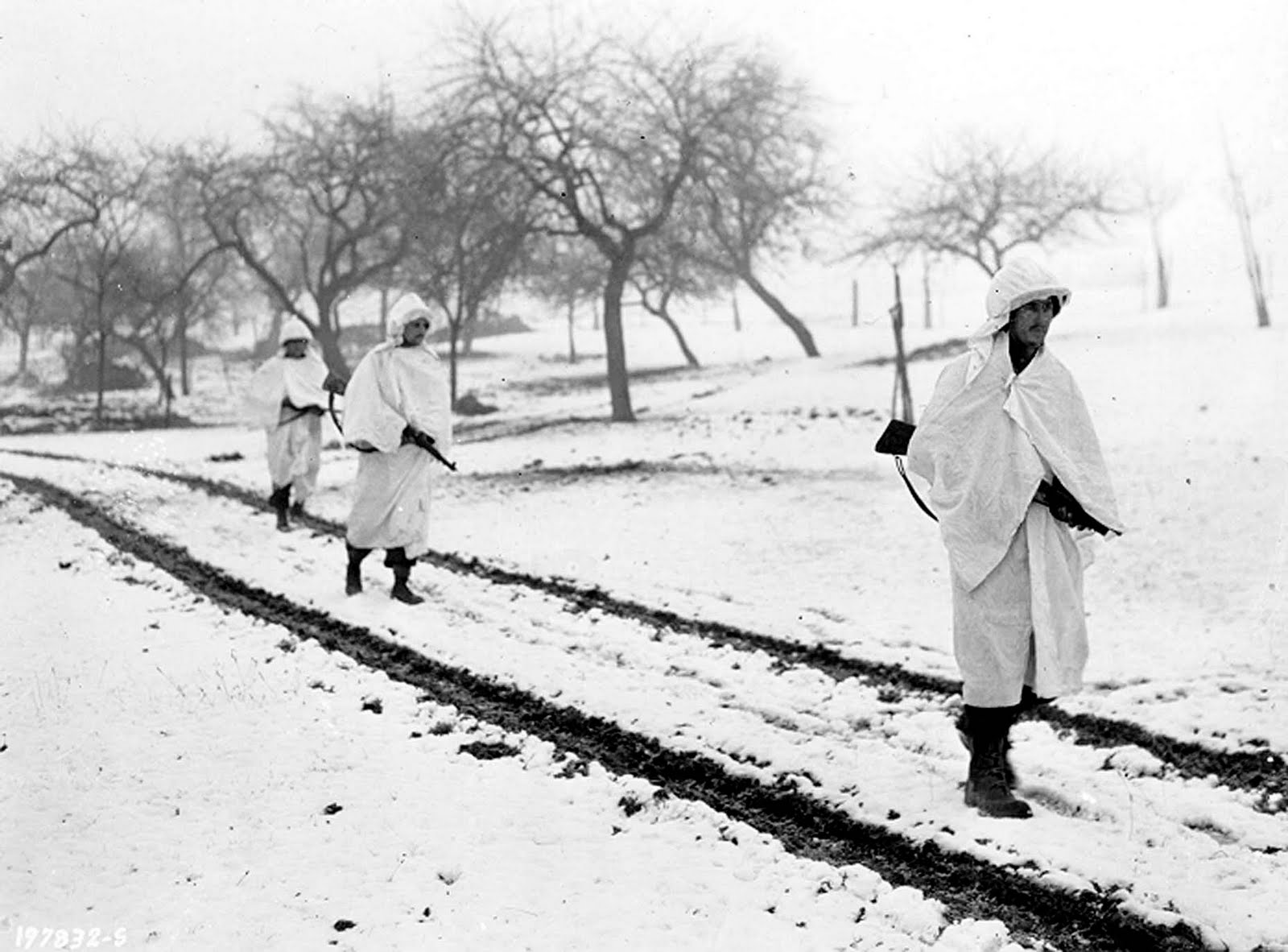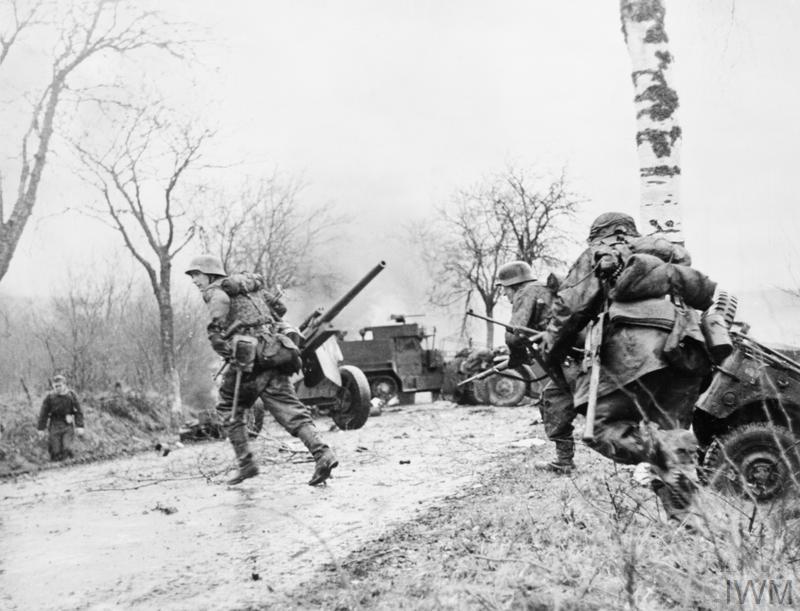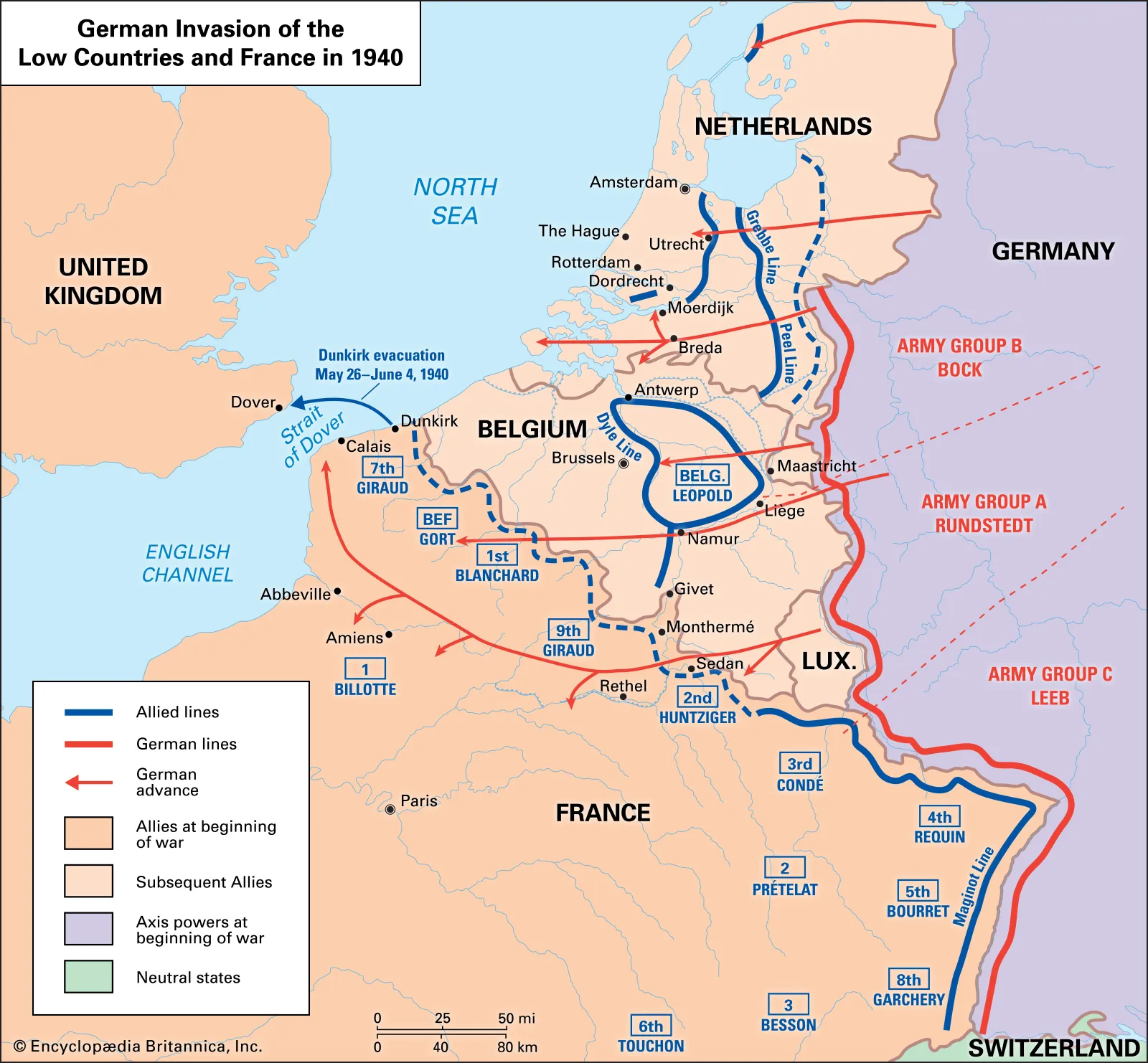The Siege of Bastogne
"We were surrounded on all sides. The Germans had us completely encircled in Bastogne, and supplies were running critically low. The weather was brutal — temperatures well below freezing, snow everywhere, and visibility often reduced to just a few yards. Many of us didn't have proper winter gear.
When the German commander sent a surrender ultimatum, our General McAuliffe famously replied with just one word: 'Nuts!' We all knew what that meant — we weren't giving up. Despite being outnumbered and outgunned, morale remained high. We held our positions and fought off repeated German attacks.
The day the skies cleared and we saw those C-47s dropping supplies was one of the most beautiful sights I've ever witnessed. When Patton's Third Army finally broke through to us on December 26th, it felt like a miracle. Those were the longest, coldest days of my life, but I've never been prouder of what we accomplished."


